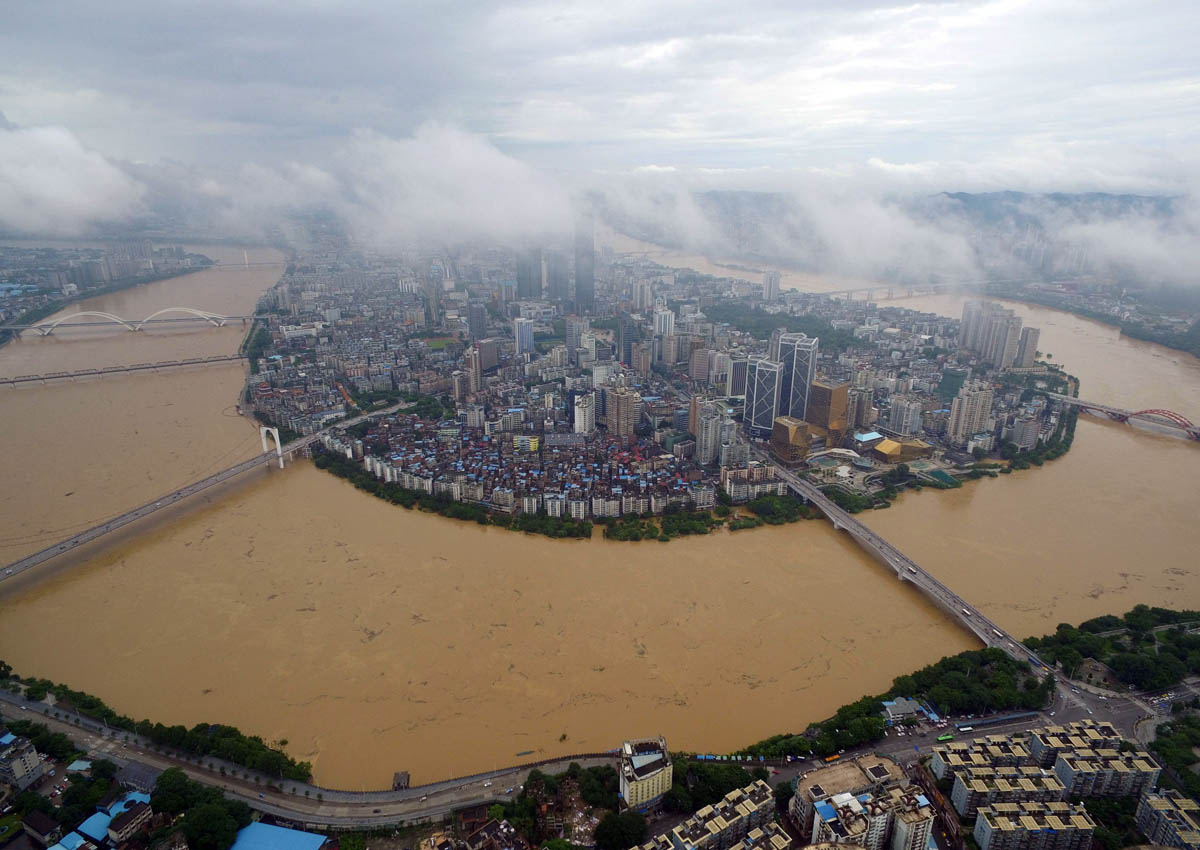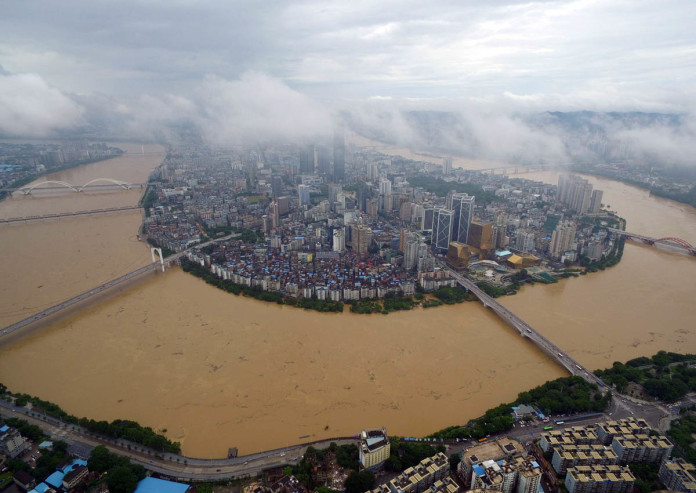China is likely to be hit by more and stronger typhoons and disastrous waves this fall compared with previous years, according to experts at the National Marine Environmental Forecasting Center.
A La Nina phenomenon will occur in the Pacific Ocean as soon as this month, bringing a higher probability of typhoons, disastrous waves and sea ice, Jiang Hua, chief researcher at the centre’s marine weather forecast office, told a news conference on Tuesday.
A La Nina usually follows an El Nino, which refers to a periodic climate phenomenon of a warming of sea surface temperatures in the equatorial Pacific Ocean.
An El Nino occurred from mid-2014 to April this year, according to the centre.
La Nina is the opposite of El Nino.
Affected by La Nina, the sea surface temperatures across the equatorial eastern-central Pacific will be lower than normal by 3 to 5 Celsius.
Li Baohui, head of the centre’s marine disaster early warning office, said that as waters cool in the eastern Pacific, the western Pacific will become warmer this fall, which will help typhoons to form.
“Affected by the long-term trend of global warming and this year’s La Nina, the sea level off our coastal regions will be higher than normal this fall, and that will worsen the consequences of typhoons and waves,” he said.
La Nina will lower the temperatures of seawater off eastern and southern China and the South China Sea this winter, Jiang said.
The lower temperatures in the South China Sea caused by La Nina will affect the fishing industry in southern China and tourism in the island province of Hainan, Li said.
In addition, La Nina is expected to generate more ice in the Bohai Sea and Yellow Sea this winter.
“Serious sea ice will disrupt the operations of offshore rigs and make it difficult to transport oil back to the land,” Li said, adding that the shipping industry will also be affected.






